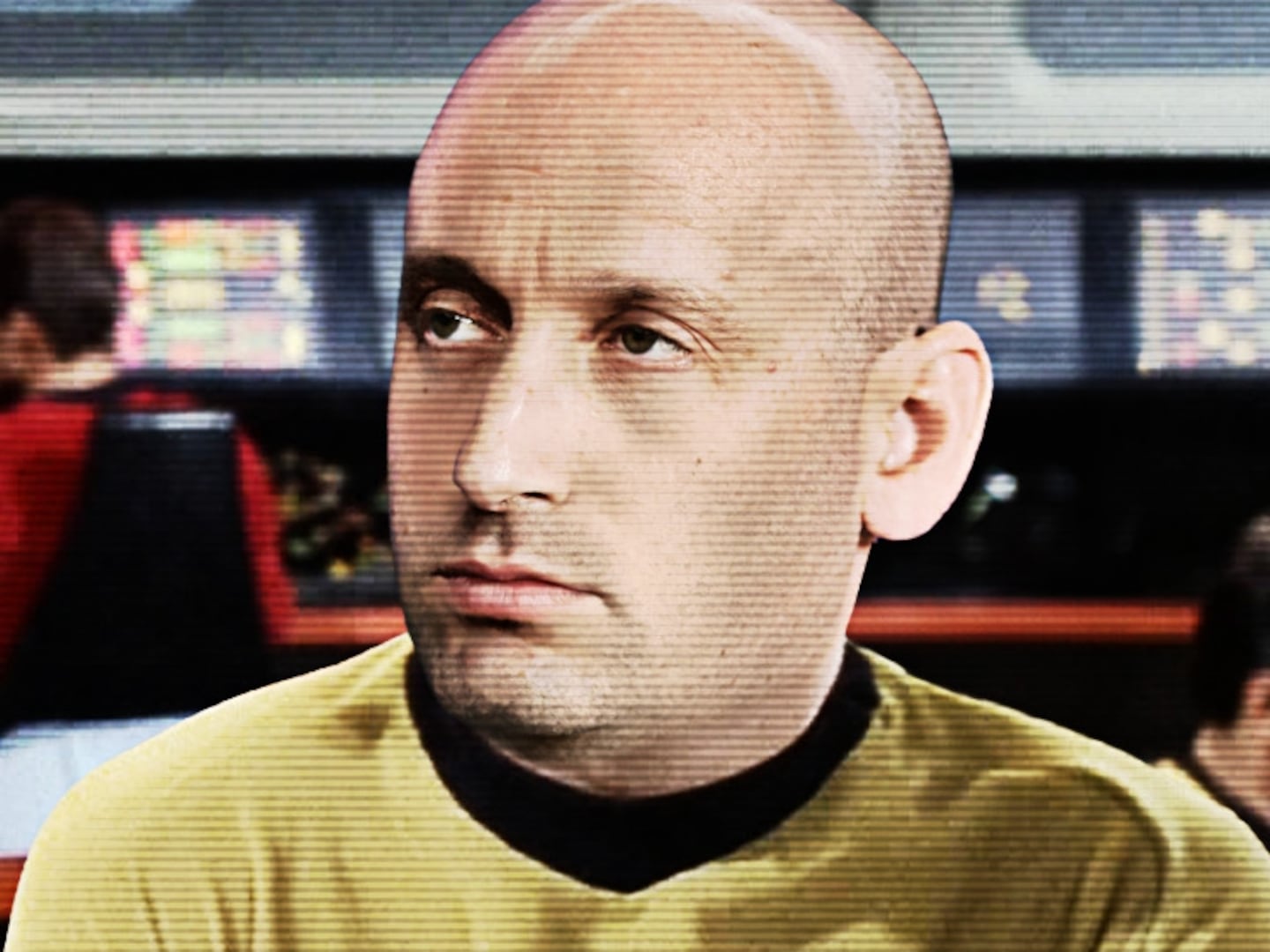Breastfeeding—if a mother is able—is magic. The health benefits are plenty: Breastfed babes get fewer colds and infections, they have less asthma, and they are less likely to become obese.
Recently, some fairly sound research has suggested these benefits have more to do with socioeconomic status of babies than what goes into their bellies, but as any breastfeeding mom can tell you, the advantages aren’t purely physical—the breast offers comfort and distraction, as well. For ages, sick or cranky children have been quieted with the boob. It’s convenient, always available, and best of all, it’s free.
So why don’t more poor women take advantage?
Though rates of breastfeeding are climbing—about a 7 percent increase over the last seven years and inching closer to the Centers for Disease Control and Prevention’s (CDC) 2020 goal of 82 percent—rates in poorer states are still troublingly low. According to the agency’s newly released 2014 Breastfeeding Report Card, 79 percent of newborns started to breastfeed in 2011, though just half of all infants were breastfeeding at six months and a little over a quarter at 12 months.
(Click for detail on each state)
The states with the lowest rates of breastfeeding in 2011—Louisiana, West Virginia, Kentucky, Mississippi, and Delaware—also have some of the country’s lowest median incomes. Generally, as incomes rise, so do breastfeeding rates (with the exception of Oregon and Montana—two states below the national average median income but with breastfeeding rates of over 90 percent).
It’s a well-known fact that women who are poor, young, unmarried, and were not breastfed themselves are more likely to reach for the formula. Breastfeeding rates for black women have risen but still lag far behind those for white and Hispanic mothers. A 2013 report named several reasons for the discrepancy, including unsupportive cultural norms, the misconception that formula feeding is better for baby, lack of partner support, and the absence of maternity leave or other work conditions that make breastfeeding possible.
The 2014 report also highlights the states with the most professional lactation consultants—help that can be the difference between whether a mother attempts to breastfeed and for how long she continues to. Notably, the states with the fewest of these professionals also have the worst breastfeeding outcomes.
Still, more new moms are trying to breastfeed in almost every state. In Alabama, the fourth-poorest state, rates are low, but growing. In fact, 29 percent more women are breastfeeding their infants at the start and 169 percent more mothers there are exclusively breastfeeding at six months. And Mississippi, a state that consistently ranks at the bottom of well-being indicators, has made real progress. In 2006, just half of women there breastfed initially, now almost 62 percent do.
The picture is less rosy in other Southern states, though. Louisiana was the worst state for breastfeeding this year, with only 57 percent of infants ever receiving mother’s milk. West Virginia hasn’t budged in terms of ever or sixth-month feedings and Kentucky’s “ever fed” rate has only moved 4 percent in seven years.






